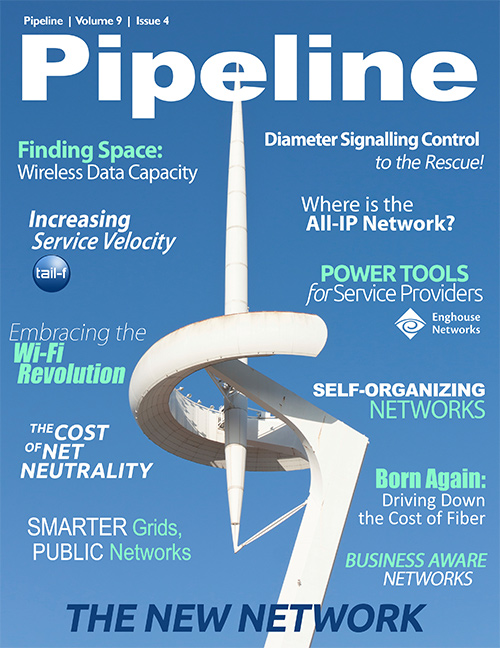Diameter Signalling Control to the Rescue
Though it is a challenge, it is one that can be resolved readily if network engineers build out the core for Diameter growth in a manner similar to that in which they built out their Radio infrastructures for device traffic.
A closer look at the challenge: lack of intelligent congestion control?
The problem today is that only a subset of the functionality required for addressing issues that emerge at the core of the Diameter network have been defined by the 3GPP. More has to be defined for the Evolved Packet Core (EPC) in terms of central traffic control for all-IP and LTE networks. In the meantime, certain vendors have implementations that are evolving ahead of the standards.That means network architects and engineers do not have to wait; they can work with equipment specifically developed for intelligent congestion control, meaning Diameter signaling routers (DSRs) built to automatically recognize and act when nodes become congested. They can move ahead with forecasting Diameter traffic growth and predicting usage patterns of data-heavy devices to mitigate the risk of signaling surges from congested nodes. For example, the rise of connected devices combined with growth in usage-based service plans will increase Diameter messages among policy servers, charging systems and subscriber databases.
A closer look at the solution: Diameter traffic planning & intelligent DSRs
There’s no question that the extraordinary growth in smartphone-based signaling traffic plus the growing number of usage-based service plans that generate more signaling will demand new engineering and software requirements. Diameter Signaling Routers (DSRs) have attracted substantial attention thanks to their abilities around throttling traffic to specific destinations, and for preventing Diameter flooding, which can cripple downstream elements.
The DSR creates a standards-based Diameter signaling core in networks. It sits in the center of the New Diameter Network, which manages communication among all essential elements of compelling services, including:
- Offline Charging
- Policy Servers (PCRF)
- Online Charging (OCS)
- User Data Repositories
- Mobility Management Entities (MMEs)
- Policy Control Enforcement Points (PCEFs)
- Session Management, like a Call Session Control Function (CSCF)
- Home Subscriber Service (HSS)
It is the DSR that relieves LTE and IMS endpoints of routing, traffic management and load balancing tasks by creating a Diameter signaling core. It also provides a single interconnect point to other networks, providing the first point of contact at the network’s edge for LTE roaming or partnership with over-the-top (OTT) application providers, which makes it the ideal vantage point from which to defend a network against potential overloads or attacks.
Because of its utility, Exact Ventures this summer forecasted that DSR market revenue would grow an average of 56 percent per year over the next five years, with predictions that the DSR market would reach $1 billion in cumulative product revenues by 2016.



















